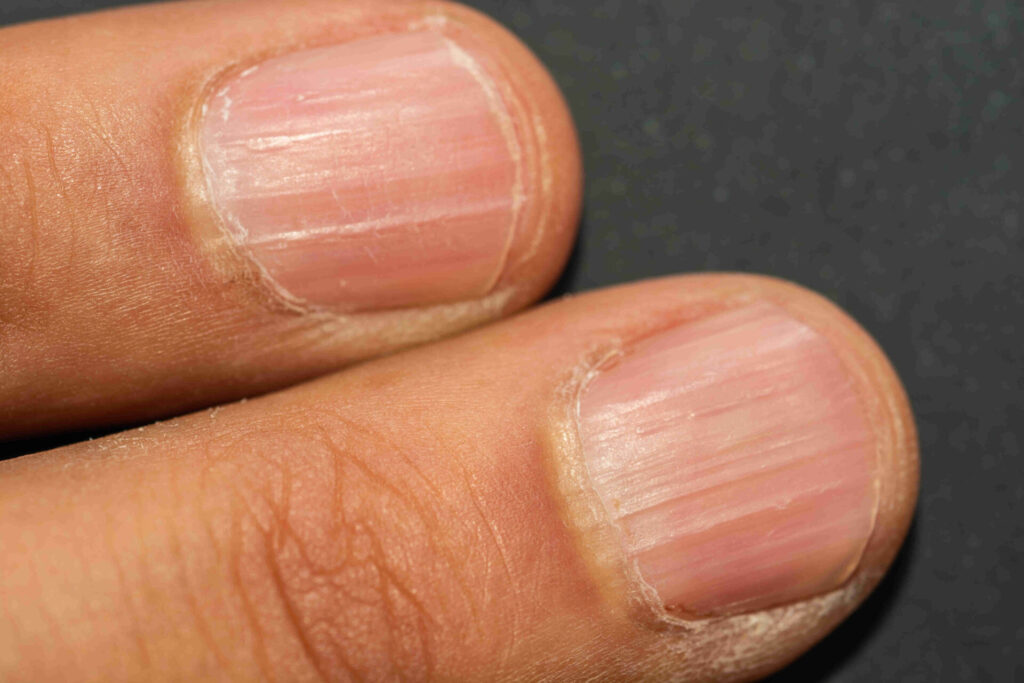What is Onychorrhexis? Learn more about this condition
Onychorrhexis is longitudinal ridging of the nail plate. Instead of a relatively smooth fingernail, a person with onychorrexis will have grooves or ridges in their nails. Some people may have this condition on only one nail while others will have it on all nails.
Onychorrexis isn’t usually cause for concern. However, changes to the fingernails can sometimes suggest an underlying medical condition or nutritional deficiencies. Treatments are available to help strengthen the nails and improve their overall appearance.
Causes of Onychorrexis
Onychorrexis can be a natural variation to the nail’s appearance, and sometimes doctors can’t identify a cause. How you treat your nails, what you eat, and underlying medical conditions can all potentially contribute.
Some of the potential onychorrexis causes include:
- amyloidosis, a condition that causes excess levels of the amyloid protein to build up in the body
- anemia
- eating disorders, such as bulimia
- eczema
- excessively picking or biting at the nails, which weakens them
- exposure to chemicals and excess moisture, such as those in the occupations of hairdresser or housekeeper
- frequent use of nail polish remover, which can thin the nail
- hypothyroidism
- lichen planus, an inflammatory skin disorder
- psoriasis
- rheumatoid arthritis
- trauma to the nail or nails
Doctors have also linked these nail ridges with nutritional deficiencies. Examples include deficiencies of folic acid, iron, or proteins. The body needs these nutritional components to produce healthy, strong nails.
Advancing age also causes onychorrexis. The nails tend to become thinner and more brittle as you age, which can make lines in the nails more pronounced.
Symptoms of Onychorrhexis
The main symptom of onychorrexis is easily visible, up-and-down (longitudinal) lines on the fingernails. While nails aren’t perfectly smooth by nature, these lines will feel bumpy when you rub your finger over the nail.
Sometimes, this ridging may be on only one finger. Or, you may have it on all fingers. If you’ve had an injury to a specific fingernail, such as crushing or bending back the nail, you’re more likely to have onychorrexis on that fingernail.
Sometimes, this ridging is accompanied by brittle nails that may split slightly at the ends. Doctors call this onychoschisis. Nails with onychorrexis are often thinner and more subject to breakage than those who don’t have the pronounced ridges.
Are you suffering from this condition? One of our podiatrist can assist and then recommend what treatment options are best to get you back on track. ✅
Schedule an appointment here or you may call us at 44 (0) 207 101 4000. 📞
We hope you have a feetastic day! 👣☀️
-The Chelsea Clinic and Team




